overleaf template galleryCommunity articles — Recent
Papers, presentations, reports and more, written in LaTeX and published by our community.
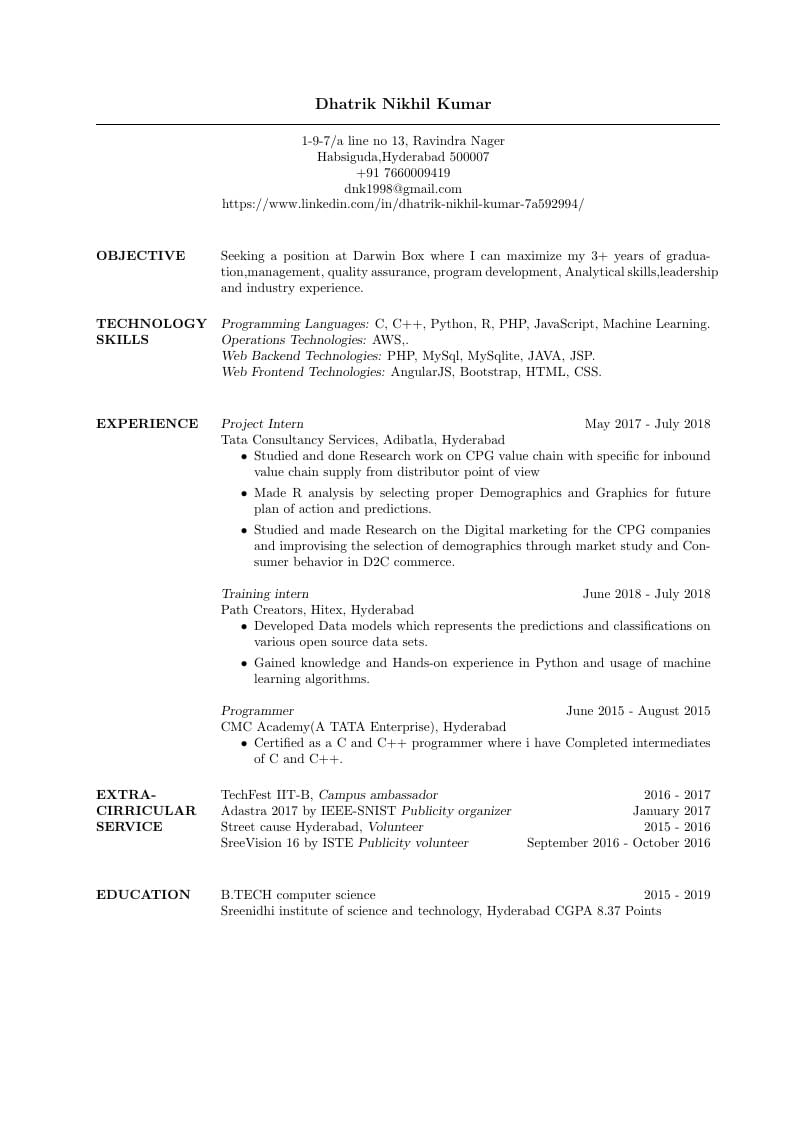
Dhatrik Nikhil Kumar's CV
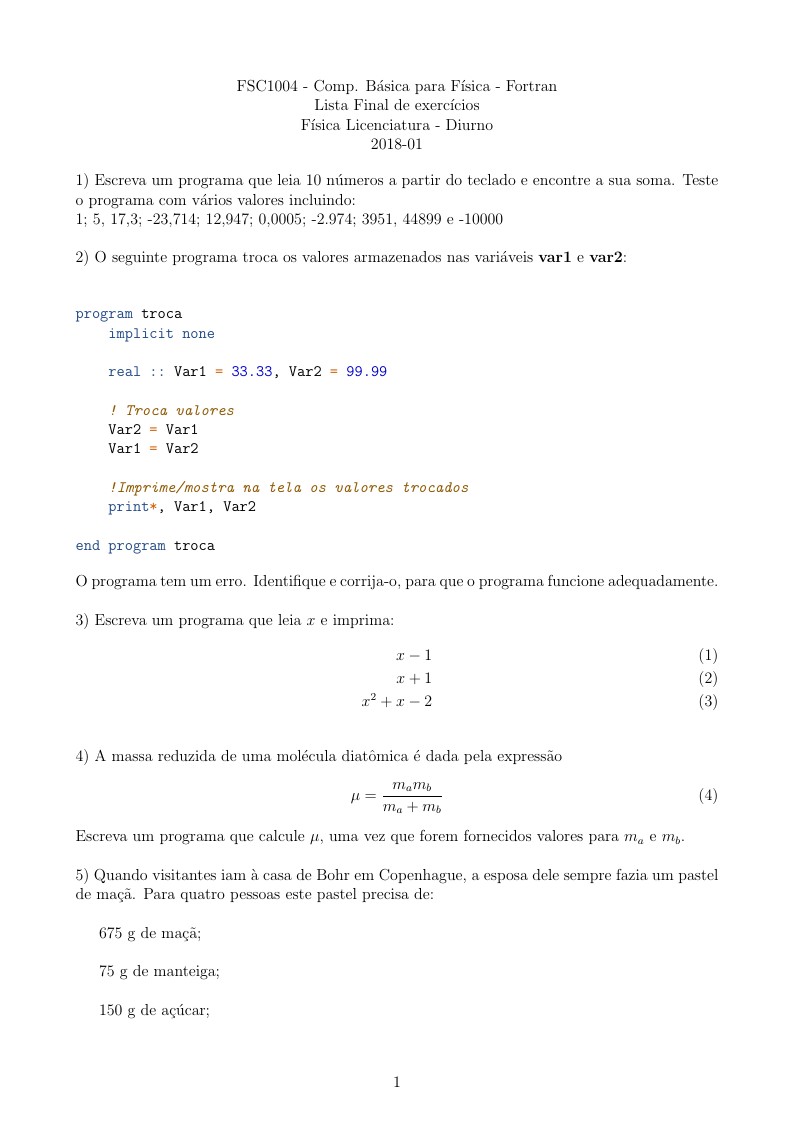
Lista de exercícios para disciplina de computação básica para física - Fortran na UFSM
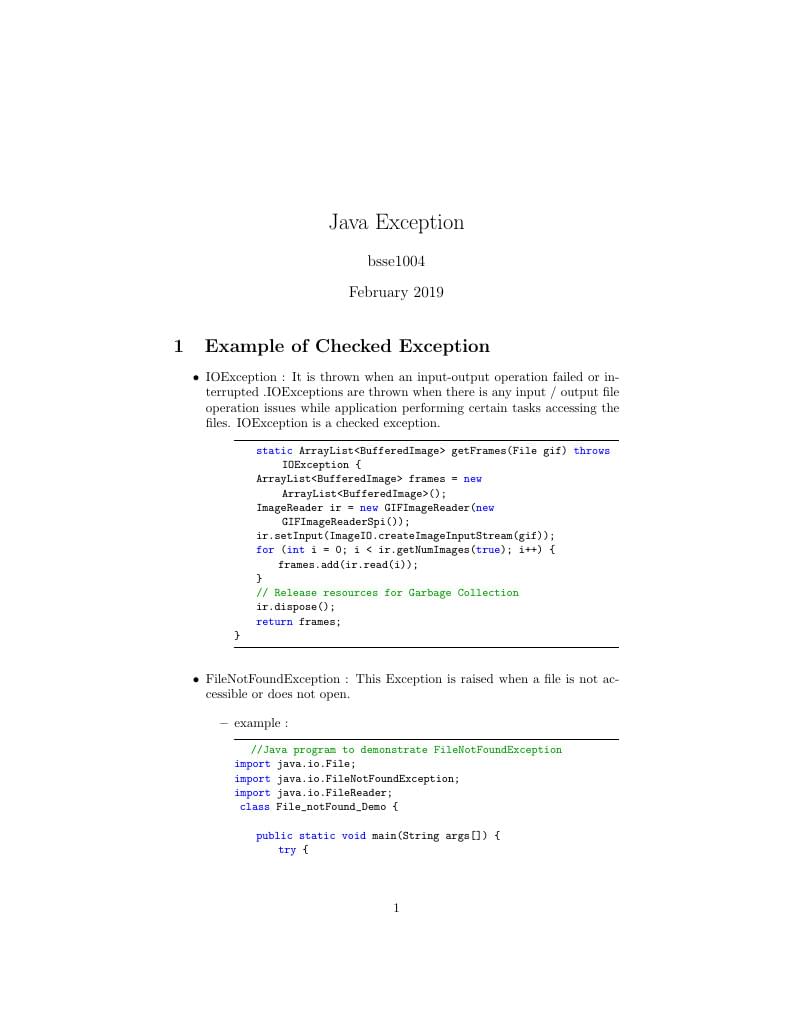
this is an article about the examples of checked and unchecked exception.
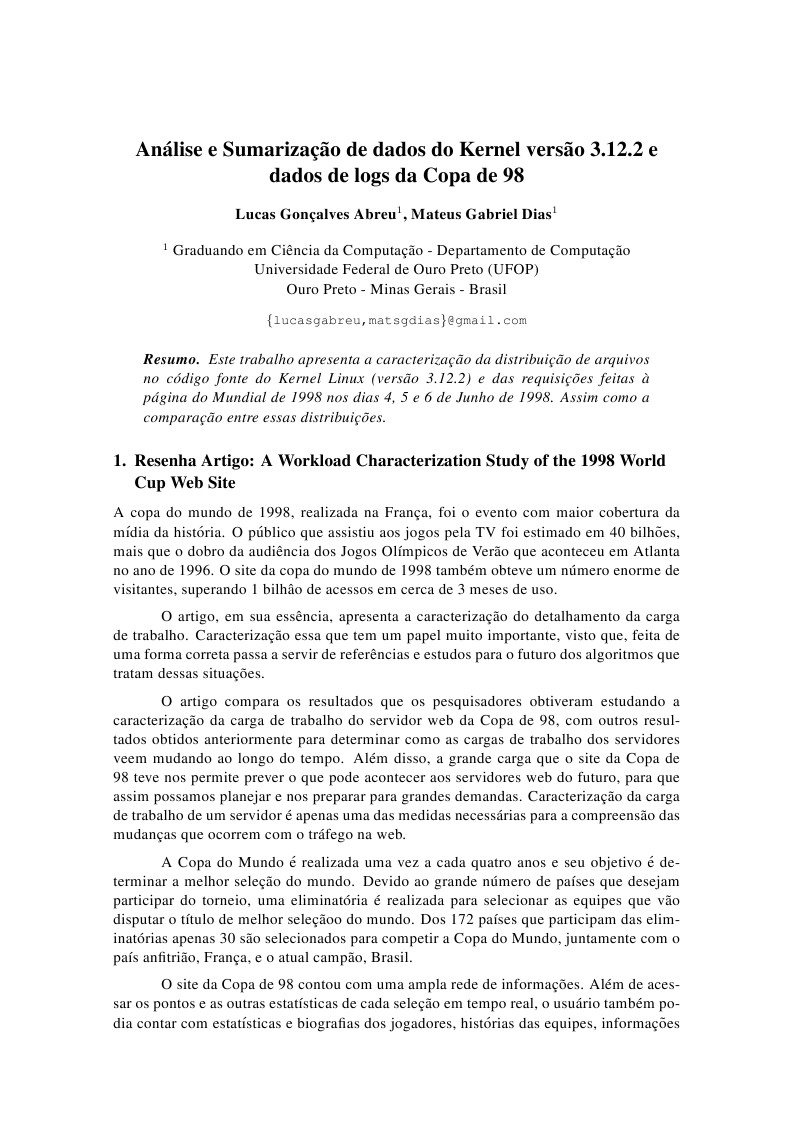
Review Article: A Workload Characterization Study of the 1998 World Cup Web Site
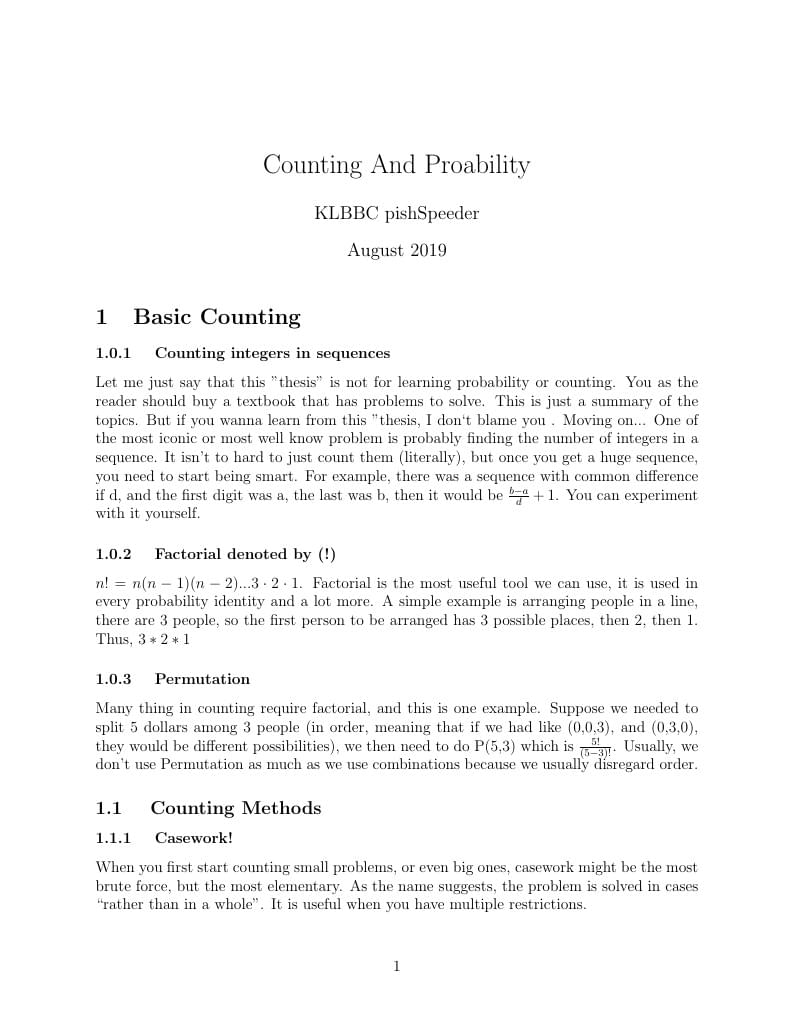
counting and probablity
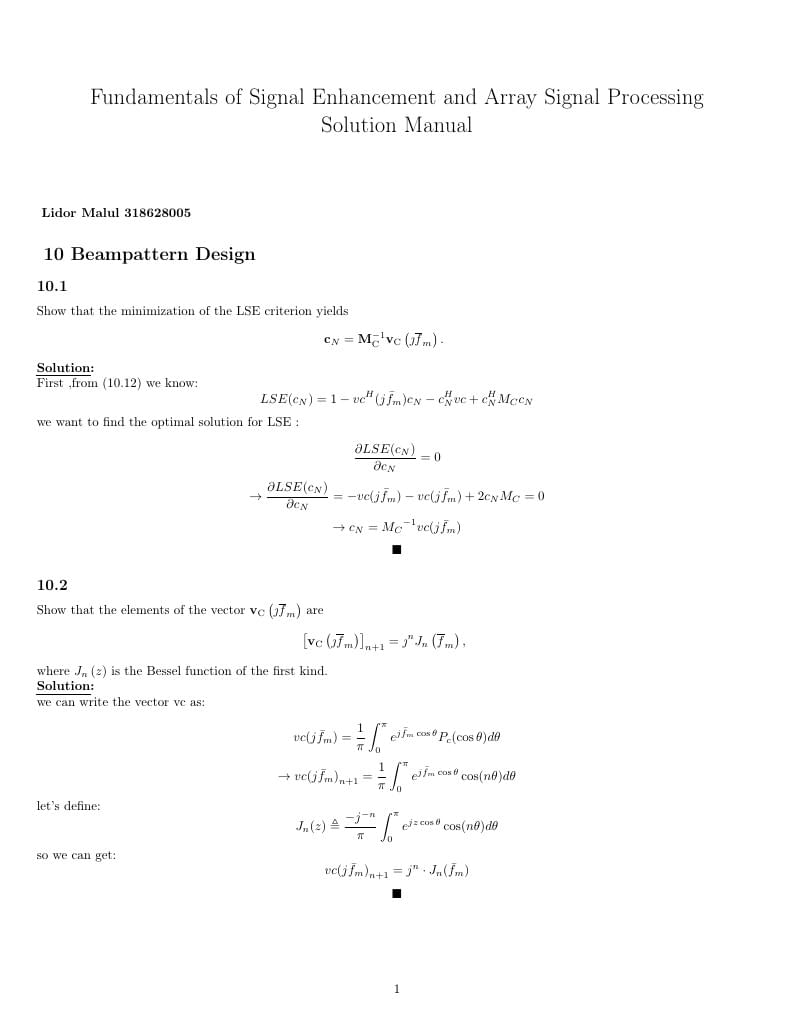
section 10
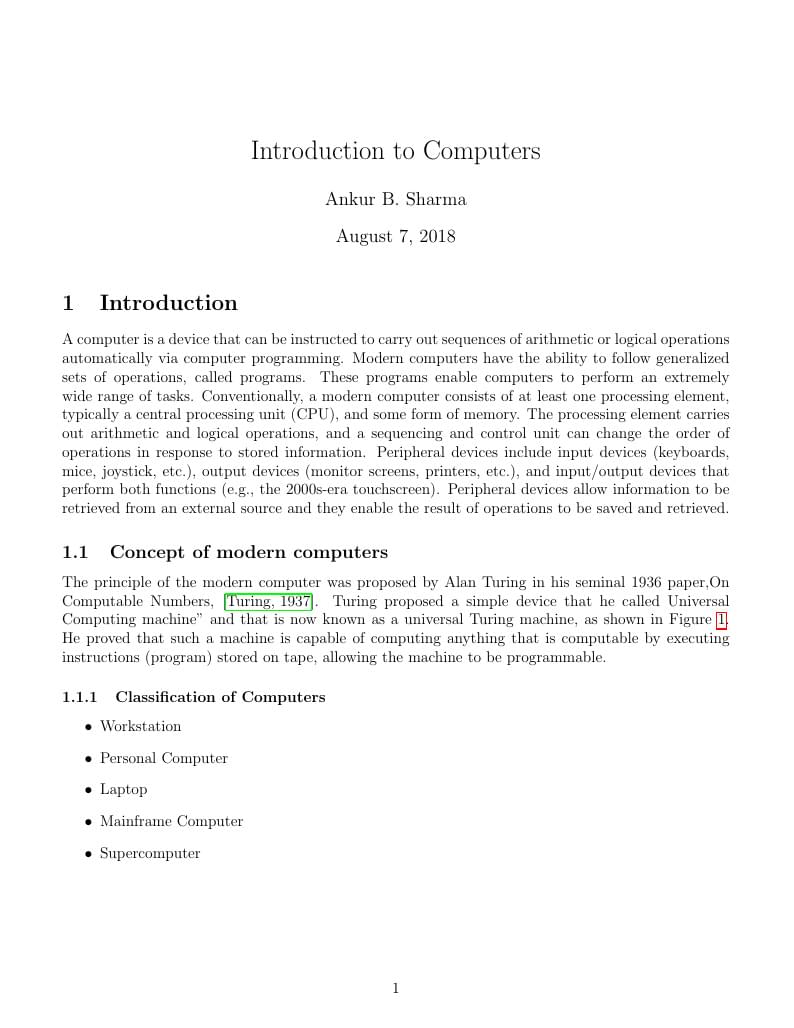
A computer is a device that can be instructed to carry out sequences of arithmetic or logical operations automatically via computer programming. Modern computers have the ability to follow generalized sets of operations, called programs. These programs enable computers to perform an extremely wide range of tasks. Conventionally, a modern computer consists of at least one processing element, typically a central processing unit (CPU), and some form of memory. The processing element carries out arithmetic and logical operations, and a sequencing and control unit can change the order of operations in response to stored information. Peripheral devices include input devices (keyboards, mice, joystick, etc.), output devices (monitor screens, printers, etc.), and input/output devices that perform both functions (e.g., the 2000s-era touchscreen). Peripheral devices allow information to be retrieved from an external source and they enable the result of operations to be saved and retrieved.(Demo Document )

ÁLGEBRA LINEAL
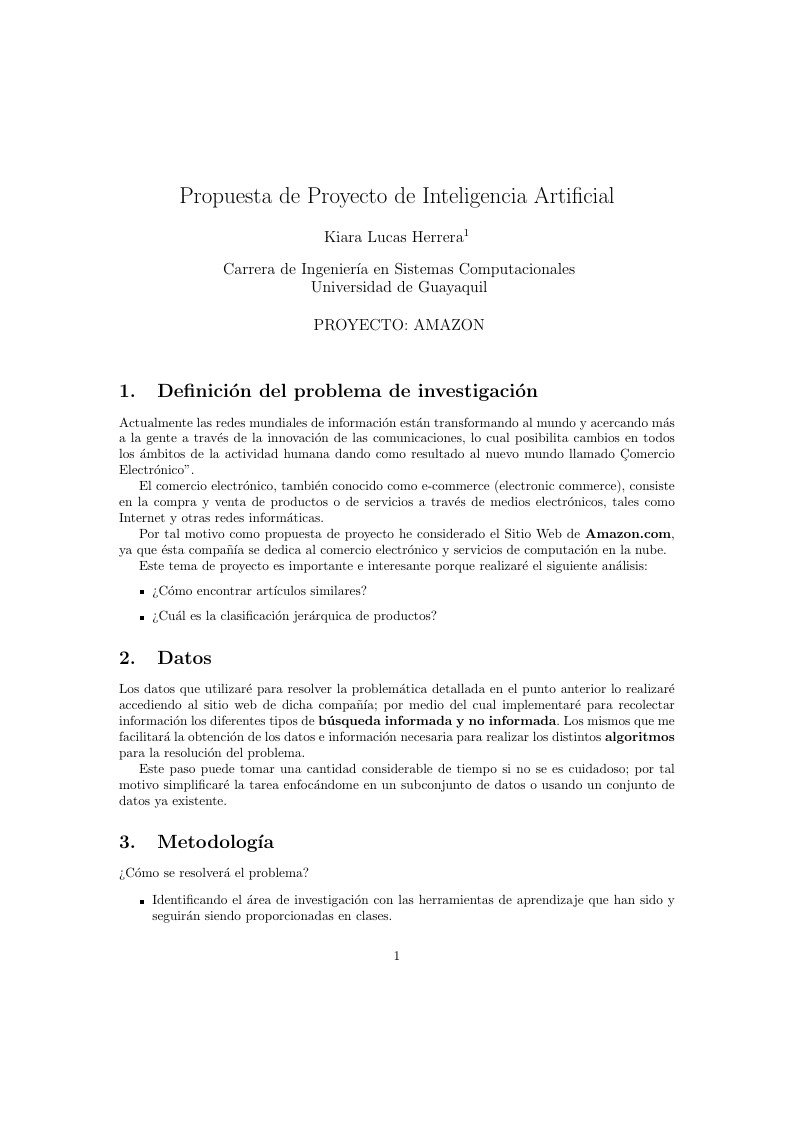
Propuesta : Amazon
\begin
Discover why over 20 million people worldwide trust Overleaf with their work.